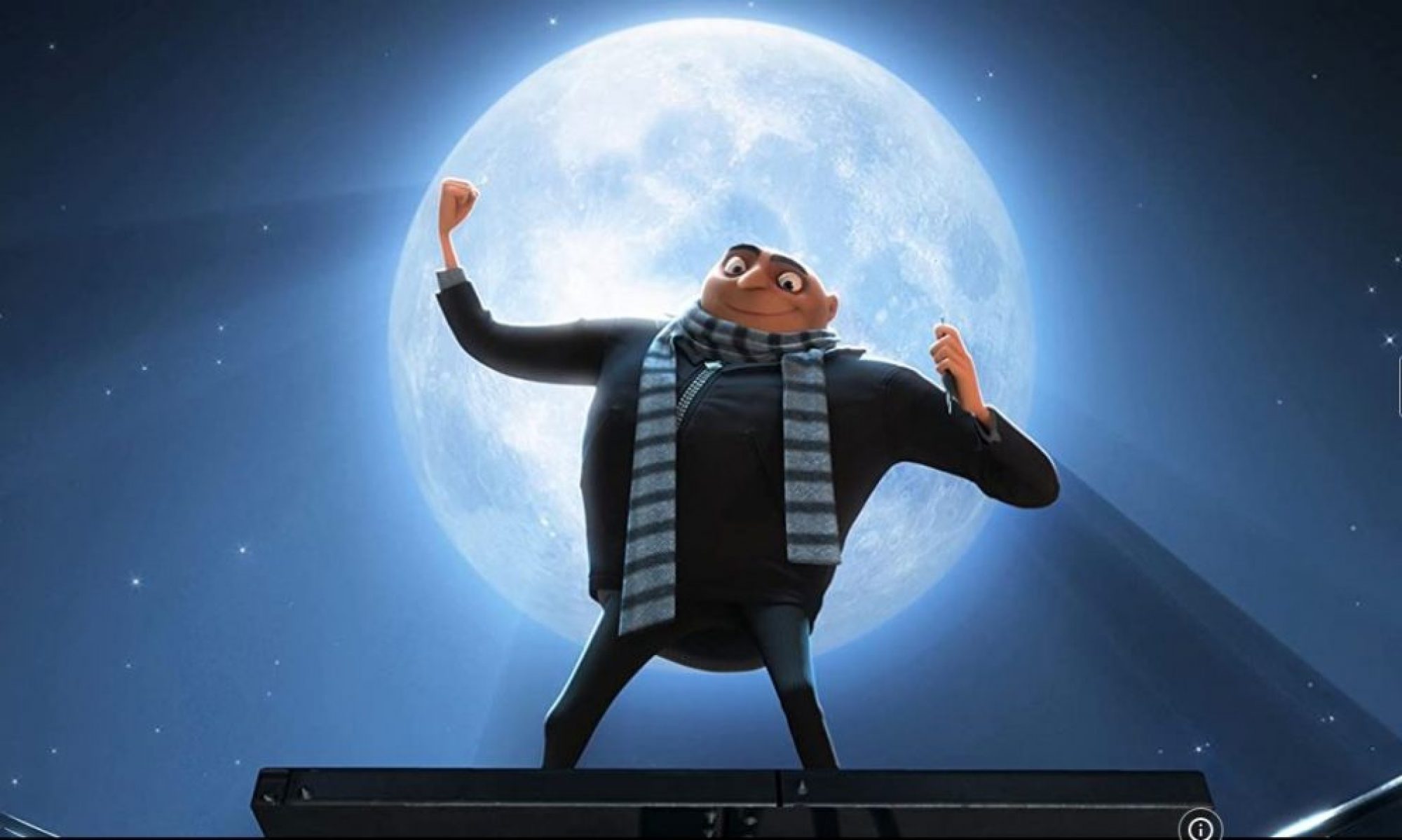What are contraints and what to we use them for?
Constraints are a special type of controller that can help us, animators to connect an object or something to a target, something that will follow the animation of another animated thing. Parents can be used to control an object’s position, rotation, scale and direction through a binding relationship with another object.
For example, if i want to animate someone walking with a wallet I can constrain the wallet to the model’s hand and it will follow the position and rotation of the hand. There are a few types of constraints:
Point constraint – constraints the objects position to a target but it does not follow rotation or scale.
Orient constraint – Constraints the object to the rotation of another object
Parent constraint – constrains position to the other object and the constrained object cannot change it’s position individually, it always snaps back to the position of the object to which it is constrained to.
Scale constraint – Constraints scale to another object
Aim constraint – Constrains an objects orientation to another object.
In this class we talked about contraints and were given an assignment in which we had to make a walk cycle with a prop using a contraint, we had the option to add a prop to the previous walk cycle with ballie from animation mentor that only has legs, or we could make a new walk cycle with a full body model.
I choose to make a new walk cycle, to push myself a bit further and added a skate to Franklins hand, he has a very nerd look, he looks like my history teacher from the 7th grade, never saw him with a skate and decided to try. Again, it is my first time adding props to a model, the only thing I did before was a path constraint with a car following a path.
How can they help us animate?
This is a very usefull tool that allows the animator to be able to attach something to another object, automating its animation process and saving time to animators that don’t have to animate individually the object following the hand of a humanoid model, for example.
Parenting vs. Parent Constraint
When parenting an object to another this object will be following the other object’s movement, scale and rotation, but if we want to move the child and modify it we can. When parent constraining an object to another object, it will be copying its position, scale and rotation too but the object does not make part of the other one. An object’s movement can also be constrained by the average position of multiple objects.
In outliner, when parenting, the child will go into the parent becoming part of an hierarchy and in parent constraint the object remains independent and only has a parent constraint node attached to it.
